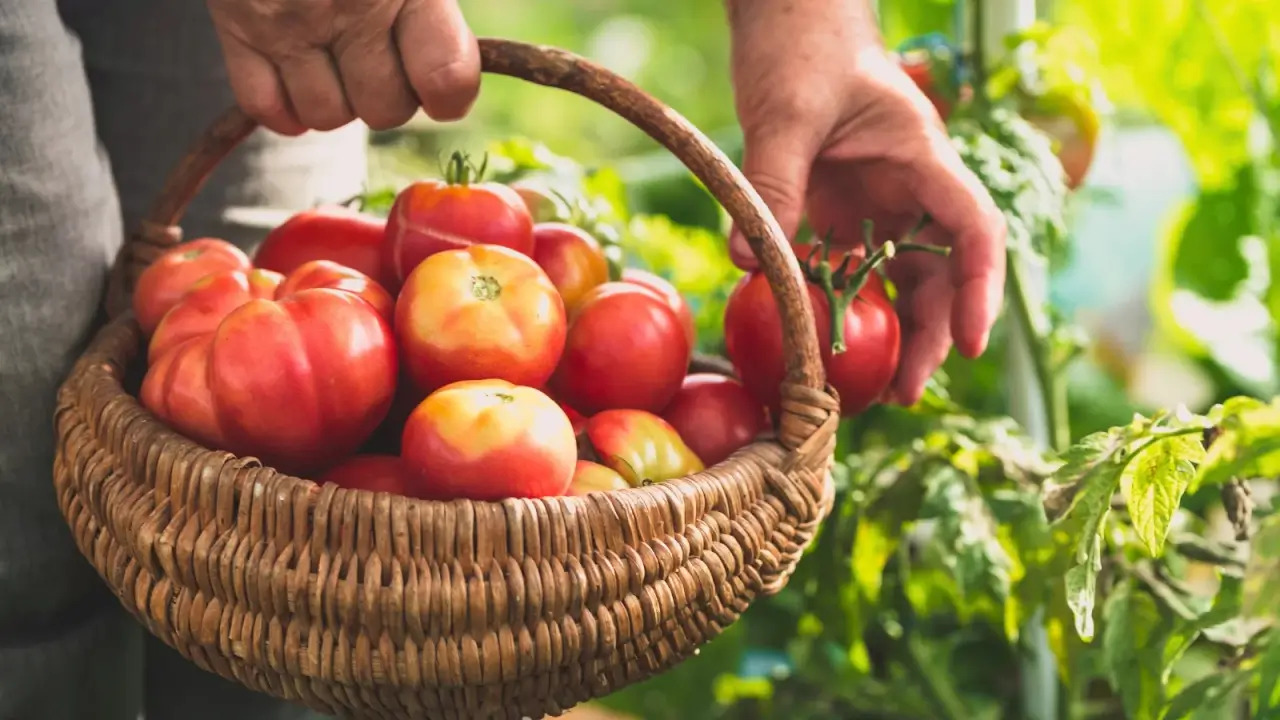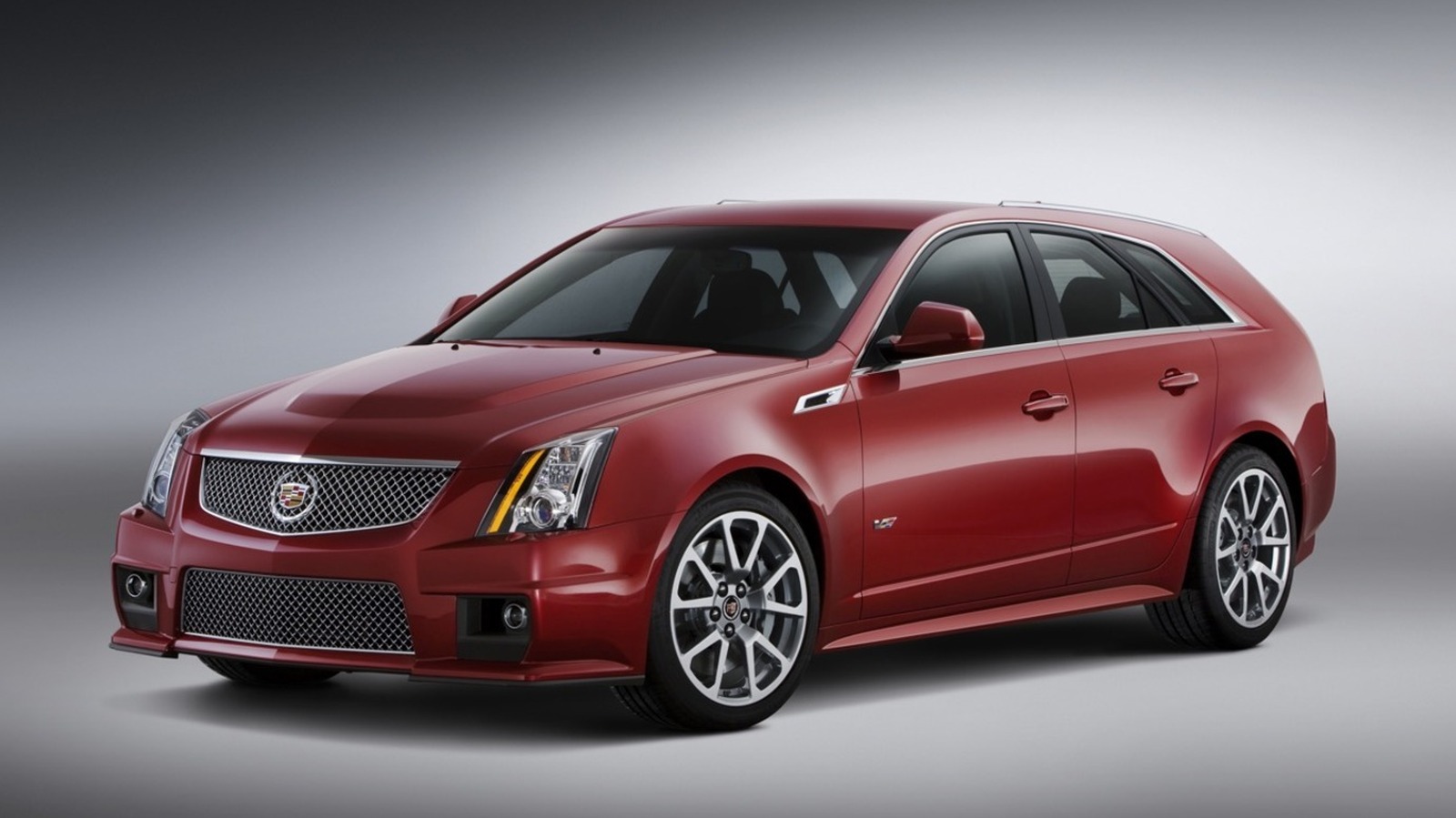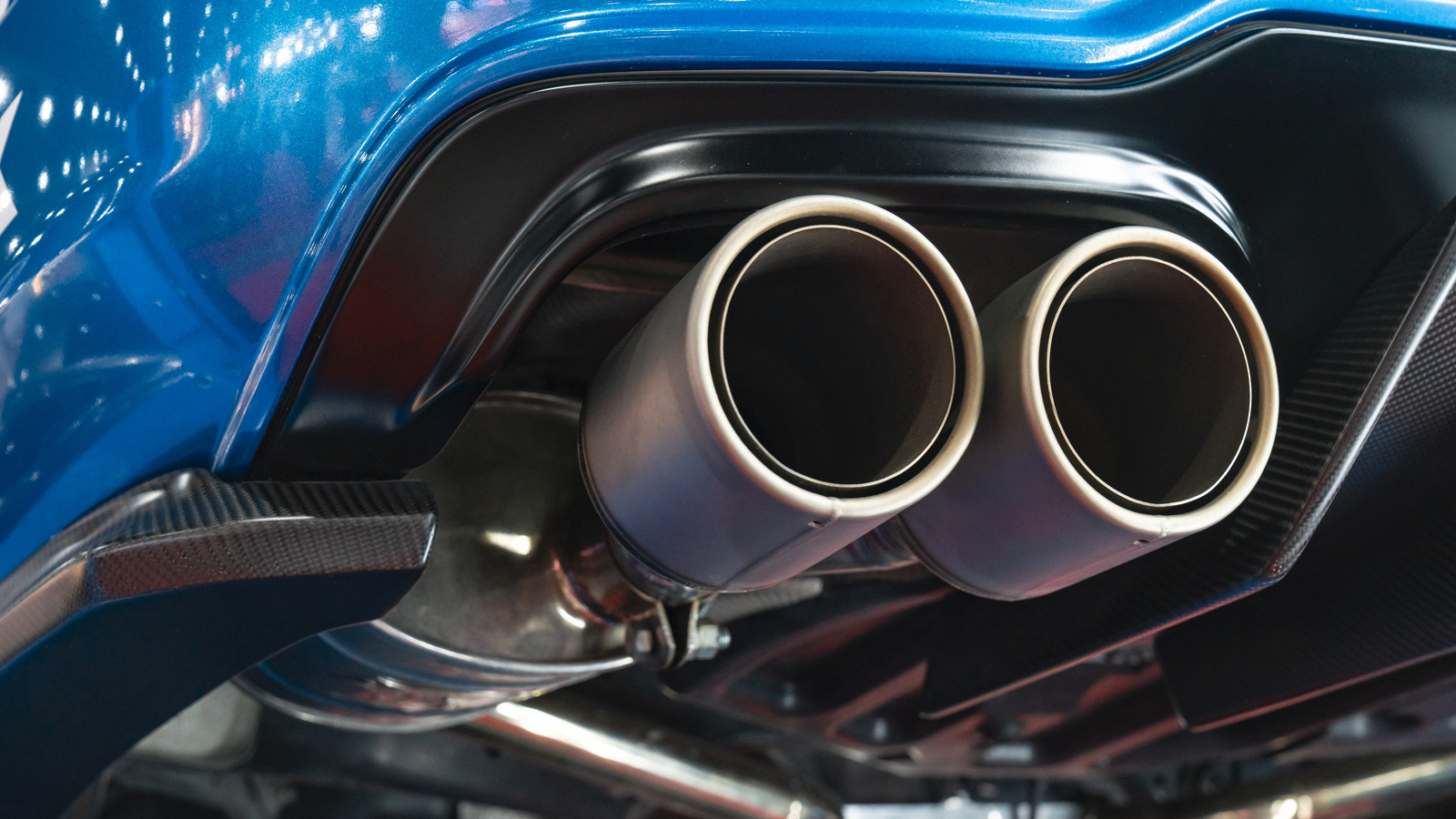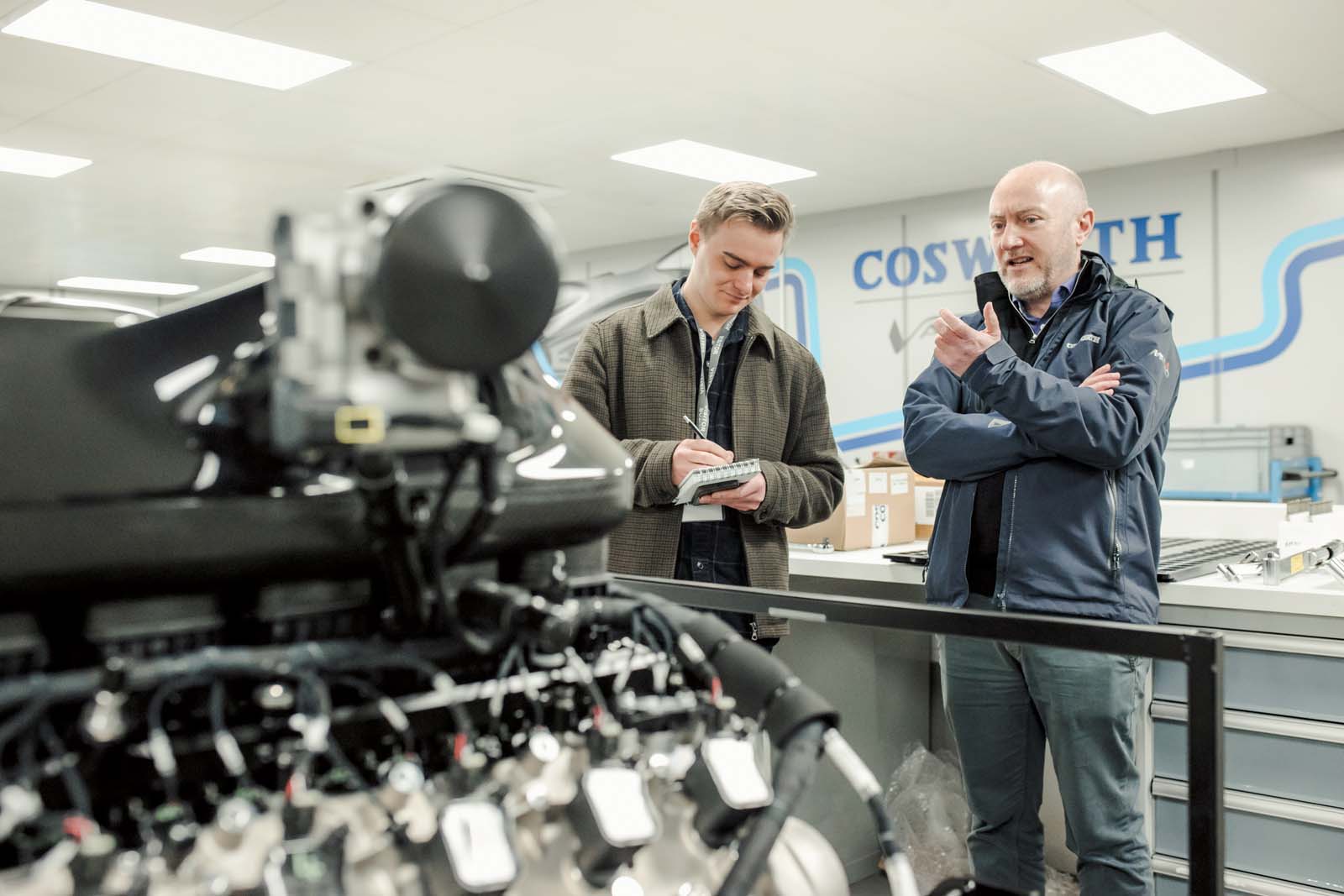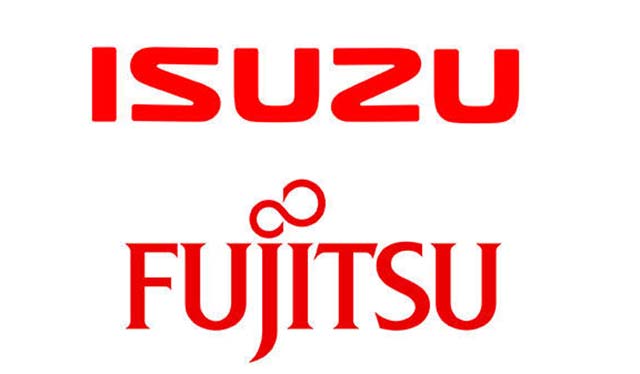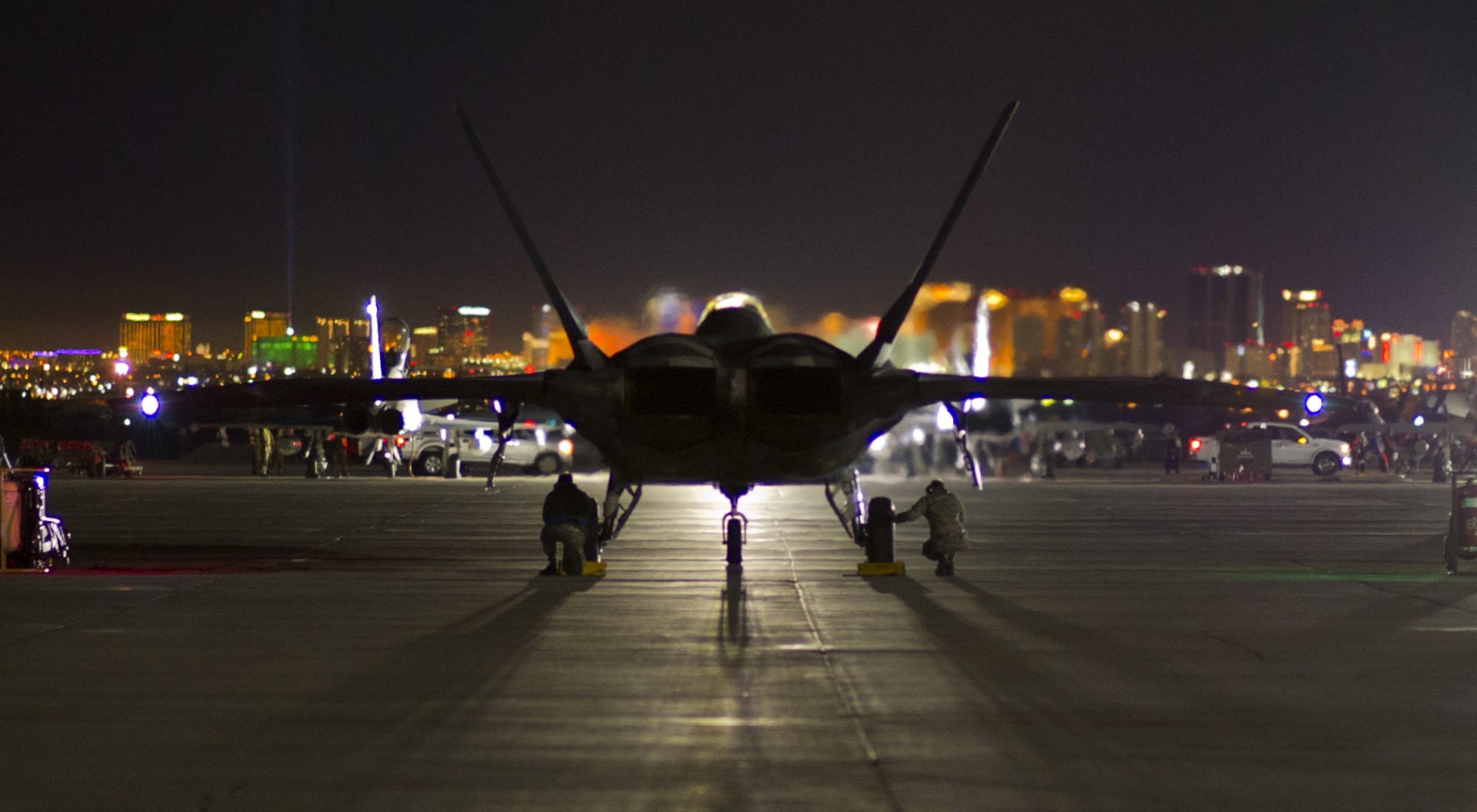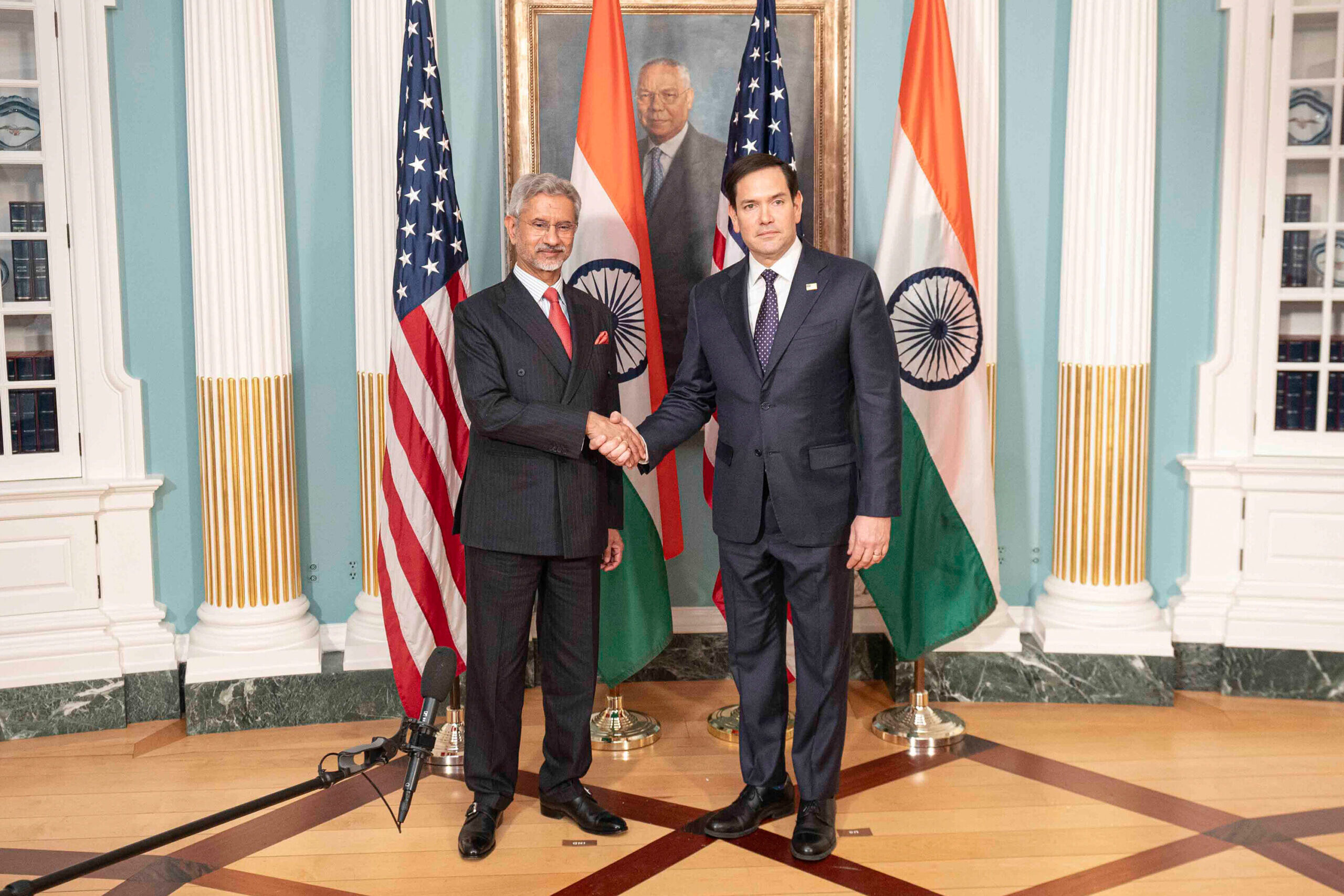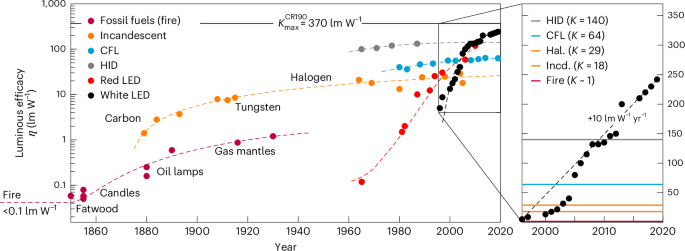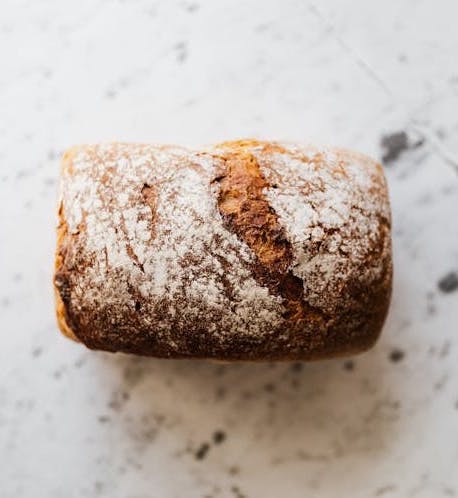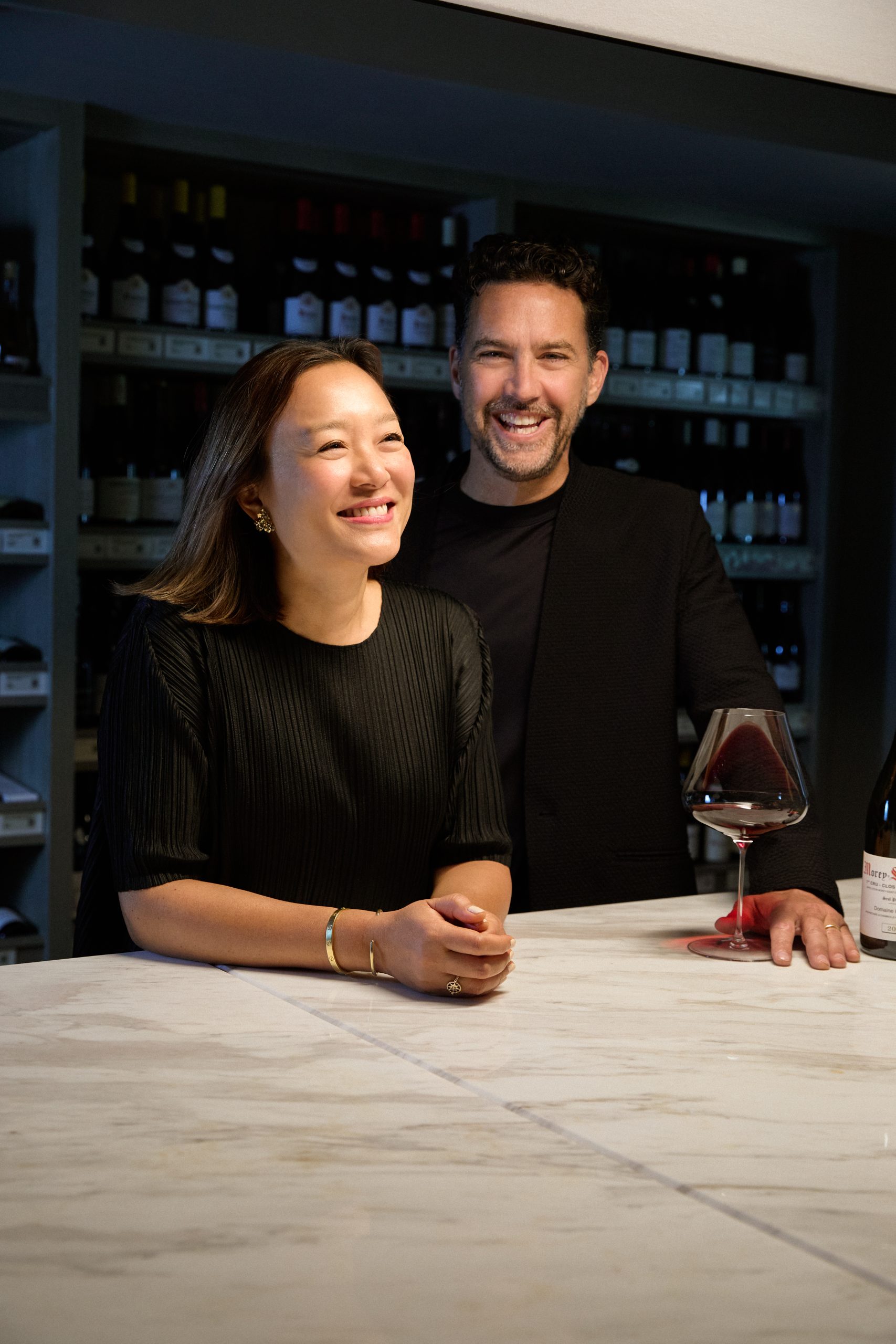Joyce Yip asks sommeliers and wine bar owners what makes the perfect wine menu and whether the role of a sommelier can ever truly be replaced.
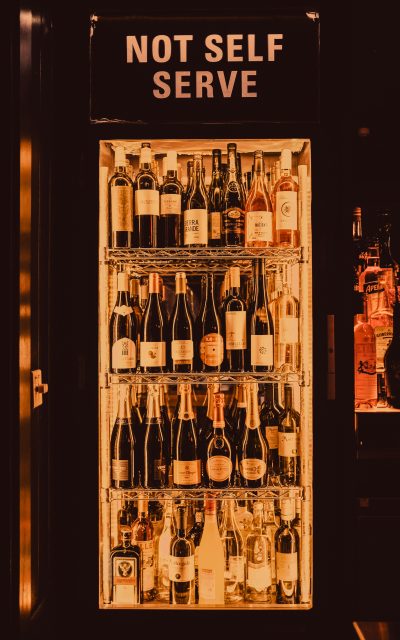
Five years ago, acclaimed wine critic James Suckling thought he had perfected the wine list for Holland America Cruise Line by placing lighter styles on the pool deck and bolder ones in the steakhouse. He thought wrong.
“People didn’t understand it; they kept asking for the whole list,” he says. “Everyone has tried to come up with some form or the other to make wine more approachable. It’s very difficult to get it right. You need the human element.”
Wine menus have taken many forms, evolving from lacklustre catalogues to fun descriptors on a chalkboard, tablet or even on your phone through a QR code.
As sales of most wine categories around the world continue to slump, wine bars are desperate to fill their seats by making the drink more approachable, whilst not underestimating the power of information accessibility and transparency in our digital age.
On-trade venues are now asking whether better, more interactive wine menus can finally replace the prized human interaction – and specifically – an expensive sommelier.
Suckling’s Hong Kong restaurant – James Suckling Wine Central – has three menus: the first is a comprehensive laundry list featuring 40,000 wines, 400 of which are available by glass. Its one-liners contain the vineyard name, year of production, price and his score, “so people can weigh it against the price”, he says.
The second is a more approachable list of 50-plus wines organised by body and mouthfeel – think 'Rich and Layered' or 'Medium-Bodied and Crunchy'. Each item is accompanied by a description of the flavour profile or region.
Attached to it is a mini list of iconic wines. Some of these labels are also served on Cathay Pacific’s business- and first-class cabins “so guests can start sipping on something they’re familiar with to get them going. Then they can dive into the extensive list”, says Suckling. He estimates close to half of his restaurant’s revenue comes from the wines displayed on the latter list.
For him, the inclusion of a friendlier wine menu is a conversation starter with guests; but the execution still relies heavily on the waitstaff, who he says should possess good communication skills over any wine credentials or knowledge.
“We can’t make the perfect wine list if there aren’t good people implementing it,” he says. “The best people who can sell wines are ones who can read the customers: they don’t have to be a sommelier.”
On the contrary, Crushed Wine Bar – known for its small-batch wines – has long prided itself for not displaying the region and production year on both its handwritten menus and chalkboard display to avoid “preconceptions”, says co-founder Leigh-Ann Luckett. Taking their place are descriptors ranging from the imaginative — 'The Britney Spears of wine' — to the more prosaic — 'mango juice and white asparagus'.
In March, however, Luckett launched Crushed's laundry list of 80-odd bottles designed to prolong the time between seating and greeting guests. Though unlike Suckling’s master bible, Luckett's retains the same playfulness with fuchsia-coloured headlines, categories like 'Freaks & Geeks Orange' and 'Butter, Baby White', as well as interesting factoids on almost every page.
Still, she says the
by-the-glass menu performs better and, like Suckling, highlights the importance of human interaction in wine service. Luckett says her small establishment doesn’t justify sommeliers – she is a graduate of WSET Level 3 – but stresses their role in “telling the stories of the winemakers”.
Reeze Choi, an award-winning sommelier and Hong Kong ambassador of wine establishment guide Star Wine List, however, argues that the sommelier is increasingly crucial to restaurants given today’s information transparency.
“The Petrus you drink at home versus at Four Seasons’ Caprice won’t taste any differently. The upselling factor is the service, whether the temperature is served perfectly, the food it’s paired with, its decanting time,” he says.
He says both illustrious descriptors and laundry lists work, depending on the clientele, adding that he’s seen menus categorised by production year or includes pictures and maps. Some don’t even have wine lists, just empty bottles with prices, relying heavily on staff suggestions. For Hong Kong, where wine connoisseurs tend to bring their own bottles, Choi says conversations are key to reel in new drinkers.
“Unlike cocktails, wine requires a lot of education and explanation. Human interaction can never be replaced,” he says.

 Five years ago, acclaimed wine critic James Suckling thought he had perfected the wine list for Holland America Cruise Line by placing lighter styles on the pool deck and bolder ones in the steakhouse. He thought wrong.
“People didn’t understand it; they kept asking for the whole list,” he says. “Everyone has tried to come up with some form or the other to make wine more approachable. It’s very difficult to get it right. You need the human element.”
Wine menus have taken many forms, evolving from lacklustre catalogues to fun descriptors on a chalkboard, tablet or even on your phone through a QR code.
As sales of most wine categories around the world continue to slump, wine bars are desperate to fill their seats by making the drink more approachable, whilst not underestimating the power of information accessibility and transparency in our digital age.
On-trade venues are now asking whether better, more interactive wine menus can finally replace the prized human interaction – and specifically – an expensive sommelier.
Suckling’s Hong Kong restaurant – James Suckling Wine Central – has three menus: the first is a comprehensive laundry list featuring 40,000 wines, 400 of which are available by glass. Its one-liners contain the vineyard name, year of production, price and his score, “so people can weigh it against the price”, he says.
The second is a more approachable list of 50-plus wines organised by body and mouthfeel – think 'Rich and Layered' or 'Medium-Bodied and Crunchy'. Each item is accompanied by a description of the flavour profile or region.
Attached to it is a mini list of iconic wines. Some of these labels are also served on Cathay Pacific’s business- and first-class cabins “so guests can start sipping on something they’re familiar with to get them going. Then they can dive into the extensive list”, says Suckling. He estimates close to half of his restaurant’s revenue comes from the wines displayed on the latter list.
For him, the inclusion of a friendlier wine menu is a conversation starter with guests; but the execution still relies heavily on the waitstaff, who he says should possess good communication skills over any wine credentials or knowledge.
“We can’t make the perfect wine list if there aren’t good people implementing it,” he says. “The best people who can sell wines are ones who can read the customers: they don’t have to be a sommelier.”
On the contrary, Crushed Wine Bar – known for its small-batch wines – has long prided itself for not displaying the region and production year on both its handwritten menus and chalkboard display to avoid “preconceptions”, says co-founder Leigh-Ann Luckett. Taking their place are descriptors ranging from the imaginative — 'The Britney Spears of wine' — to the more prosaic — 'mango juice and white asparagus'.
In March, however, Luckett launched Crushed's laundry list of 80-odd bottles designed to prolong the time between seating and greeting guests. Though unlike Suckling’s master bible, Luckett's retains the same playfulness with fuchsia-coloured headlines, categories like 'Freaks & Geeks Orange' and 'Butter, Baby White', as well as interesting factoids on almost every page.
Still, she says the by-the-glass menu performs better and, like Suckling, highlights the importance of human interaction in wine service. Luckett says her small establishment doesn’t justify sommeliers – she is a graduate of WSET Level 3 – but stresses their role in “telling the stories of the winemakers”.
Reeze Choi, an award-winning sommelier and Hong Kong ambassador of wine establishment guide Star Wine List, however, argues that the sommelier is increasingly crucial to restaurants given today’s information transparency.
“The Petrus you drink at home versus at Four Seasons’ Caprice won’t taste any differently. The upselling factor is the service, whether the temperature is served perfectly, the food it’s paired with, its decanting time,” he says.
He says both illustrious descriptors and laundry lists work, depending on the clientele, adding that he’s seen menus categorised by production year or includes pictures and maps. Some don’t even have wine lists, just empty bottles with prices, relying heavily on staff suggestions. For Hong Kong, where wine connoisseurs tend to bring their own bottles, Choi says conversations are key to reel in new drinkers.
“Unlike cocktails, wine requires a lot of education and explanation. Human interaction can never be replaced,” he says.
Five years ago, acclaimed wine critic James Suckling thought he had perfected the wine list for Holland America Cruise Line by placing lighter styles on the pool deck and bolder ones in the steakhouse. He thought wrong.
“People didn’t understand it; they kept asking for the whole list,” he says. “Everyone has tried to come up with some form or the other to make wine more approachable. It’s very difficult to get it right. You need the human element.”
Wine menus have taken many forms, evolving from lacklustre catalogues to fun descriptors on a chalkboard, tablet or even on your phone through a QR code.
As sales of most wine categories around the world continue to slump, wine bars are desperate to fill their seats by making the drink more approachable, whilst not underestimating the power of information accessibility and transparency in our digital age.
On-trade venues are now asking whether better, more interactive wine menus can finally replace the prized human interaction – and specifically – an expensive sommelier.
Suckling’s Hong Kong restaurant – James Suckling Wine Central – has three menus: the first is a comprehensive laundry list featuring 40,000 wines, 400 of which are available by glass. Its one-liners contain the vineyard name, year of production, price and his score, “so people can weigh it against the price”, he says.
The second is a more approachable list of 50-plus wines organised by body and mouthfeel – think 'Rich and Layered' or 'Medium-Bodied and Crunchy'. Each item is accompanied by a description of the flavour profile or region.
Attached to it is a mini list of iconic wines. Some of these labels are also served on Cathay Pacific’s business- and first-class cabins “so guests can start sipping on something they’re familiar with to get them going. Then they can dive into the extensive list”, says Suckling. He estimates close to half of his restaurant’s revenue comes from the wines displayed on the latter list.
For him, the inclusion of a friendlier wine menu is a conversation starter with guests; but the execution still relies heavily on the waitstaff, who he says should possess good communication skills over any wine credentials or knowledge.
“We can’t make the perfect wine list if there aren’t good people implementing it,” he says. “The best people who can sell wines are ones who can read the customers: they don’t have to be a sommelier.”
On the contrary, Crushed Wine Bar – known for its small-batch wines – has long prided itself for not displaying the region and production year on both its handwritten menus and chalkboard display to avoid “preconceptions”, says co-founder Leigh-Ann Luckett. Taking their place are descriptors ranging from the imaginative — 'The Britney Spears of wine' — to the more prosaic — 'mango juice and white asparagus'.
In March, however, Luckett launched Crushed's laundry list of 80-odd bottles designed to prolong the time between seating and greeting guests. Though unlike Suckling’s master bible, Luckett's retains the same playfulness with fuchsia-coloured headlines, categories like 'Freaks & Geeks Orange' and 'Butter, Baby White', as well as interesting factoids on almost every page.
Still, she says the by-the-glass menu performs better and, like Suckling, highlights the importance of human interaction in wine service. Luckett says her small establishment doesn’t justify sommeliers – she is a graduate of WSET Level 3 – but stresses their role in “telling the stories of the winemakers”.
Reeze Choi, an award-winning sommelier and Hong Kong ambassador of wine establishment guide Star Wine List, however, argues that the sommelier is increasingly crucial to restaurants given today’s information transparency.
“The Petrus you drink at home versus at Four Seasons’ Caprice won’t taste any differently. The upselling factor is the service, whether the temperature is served perfectly, the food it’s paired with, its decanting time,” he says.
He says both illustrious descriptors and laundry lists work, depending on the clientele, adding that he’s seen menus categorised by production year or includes pictures and maps. Some don’t even have wine lists, just empty bottles with prices, relying heavily on staff suggestions. For Hong Kong, where wine connoisseurs tend to bring their own bottles, Choi says conversations are key to reel in new drinkers.
“Unlike cocktails, wine requires a lot of education and explanation. Human interaction can never be replaced,” he says. 




